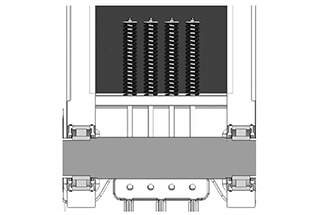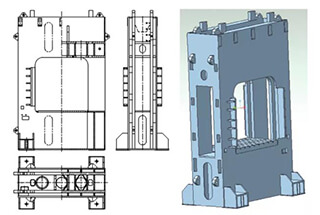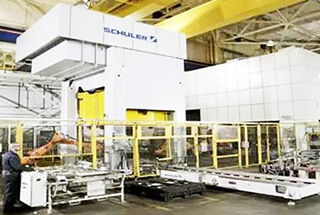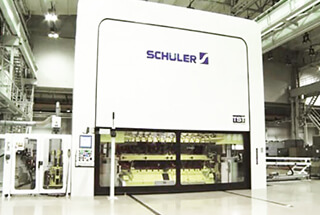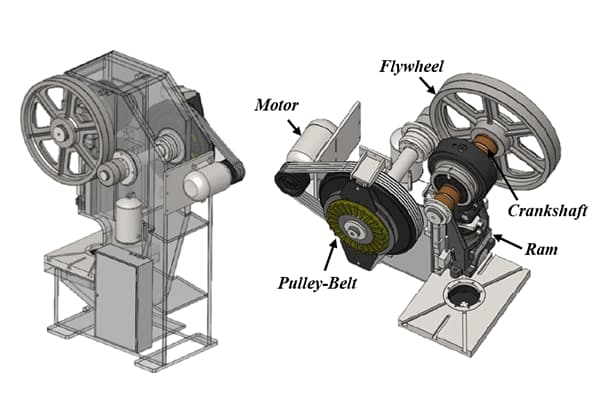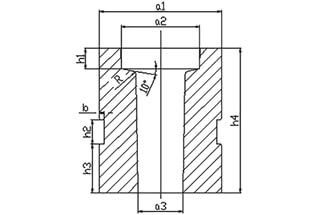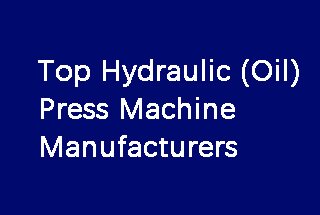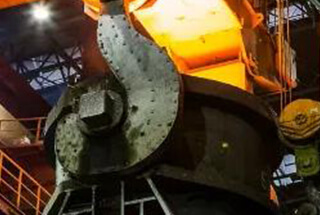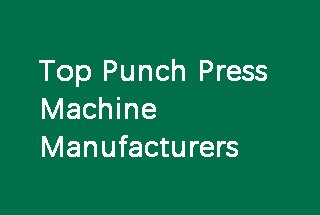
Have you ever wondered how forging equipment is selected for different applications? In this blog post, we’ll explore the key factors that influence the choice of forging hammers, screw presses, and hot die forging presses. Our expert mechanical engineer will provide insights into tonnage calculations and performance characteristics, helping you understand how to optimize your forging process. Get ready to dive into the fascinating world of forging technology!
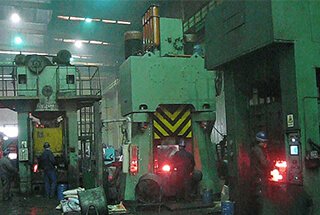
The die forging hammer, screw press, and hot die forging press are the three main forging equipment in the forging industry.
Although the respective technologies have been developed over many years, they have different capabilities due to their unique performance characteristics.
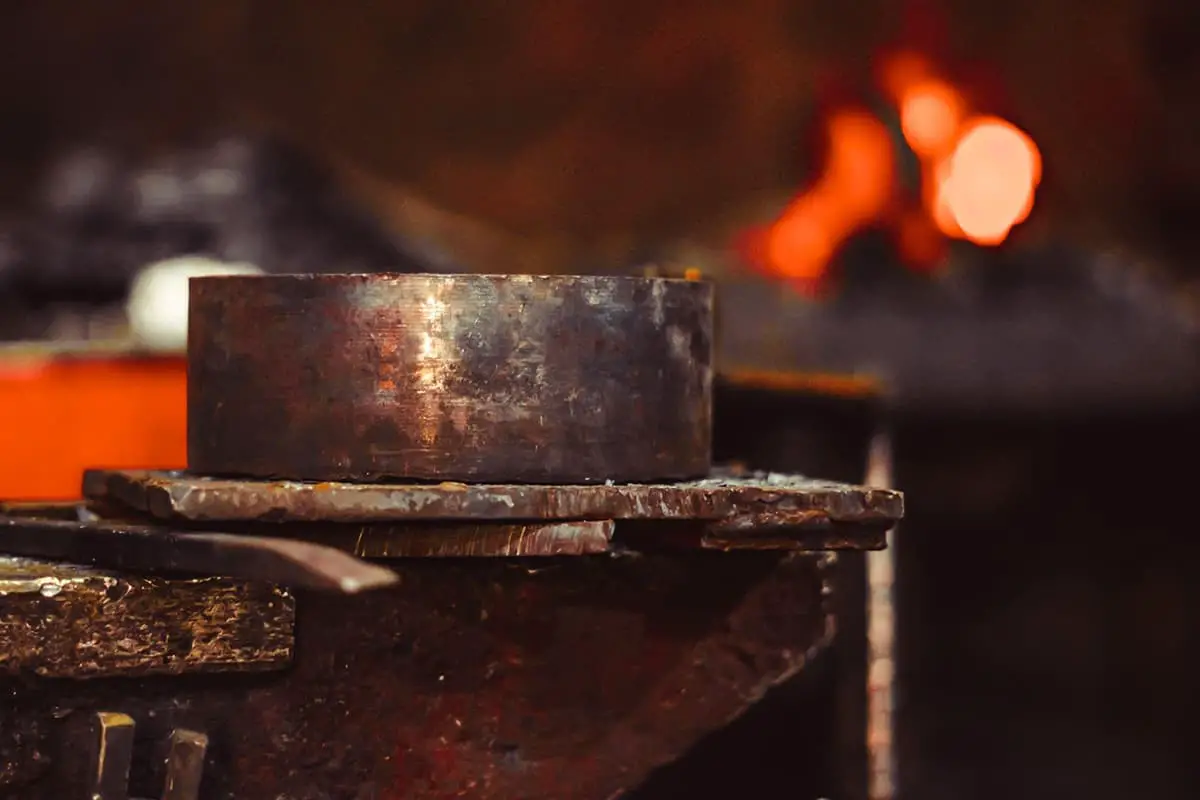
The forging tonnage refers to the maximum force (usually measured in tons) that a forging machine can withstand. This force is sufficient to plastically deform metals, thereby producing the required forgings.
According to the definition by the China Forging Association, large forgings are freely forged products produced by hydraulic machines of over 1000 tons and free forging hammers of over 5 tons, as well as forgings produced by hot die forging equipment of over 6000 tons and die forging hammers of over 10 tons.
In practical applications, selecting the appropriate forging tonnage involves considering various factors, including the size, shape, and required deformation degree of the forgings.
For instance, the tonnage of a screw press can be calculated using the formula P= p/q= (64~73)F/q, where P is the tonnage of the screw press (KN), p is the deformation force required for die forging (KN), and F is the projection area of the forging along with the flash (cm2).
Additionally, theoretical calculation methods and empirical formulas are also used to determine the tonnage of the equipment.
1.1 Performance characteristics
The die forging hammer is a forging equipment used for producing various die forgings in medium to large batch production conditions.
It is versatile and can be used for multiple types of die forging.
Due to its simple structure, high productivity, low cost, and adaptability to the die forging process, it is widely used as a forging equipment.
The role of the forging hammer in the modern forging industry depends on the following factors:
The key advantage of the forging hammer is its fast striking speed, which results in a short contact time with the mold and makes it ideal for situations that require high-speed deformation to fill the mold.
This includes forgings with thin ribbed plates, complex shapes, and stringent weight tolerance requirements.
Due to its fast and flexible operating characteristics, it has strong adaptability and is sometimes referred to as “universal” equipment.
Therefore, it is particularly suitable for the production of multiple types and small batch sizes.
In terms of cost-effectiveness, the forging hammer is the most advantageous forming equipment.
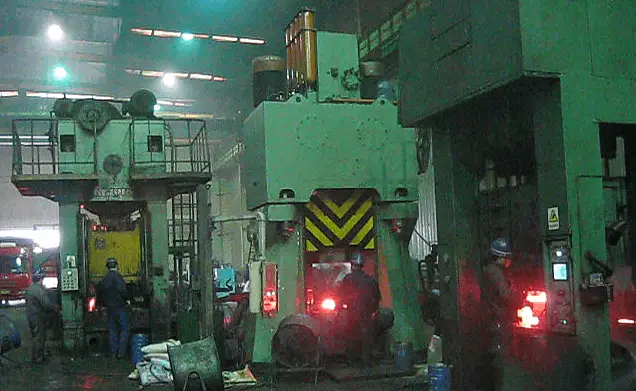
1.2 How to select forging hammer
The maximum impact energy of the forging hammer is the most critical parameter for determining its working capacity.
When choosing the necessary hammering impact energy, the following formula can be used as a reference:
E=25(3.5~6.3)KFtotal
In the formula:
When in batch production and a high productivity is needed, the formula uses the upper limit value of 6.3. In cases where the final forging step can be performed and productivity is not a concern, the lower limit of 3.5 is used.
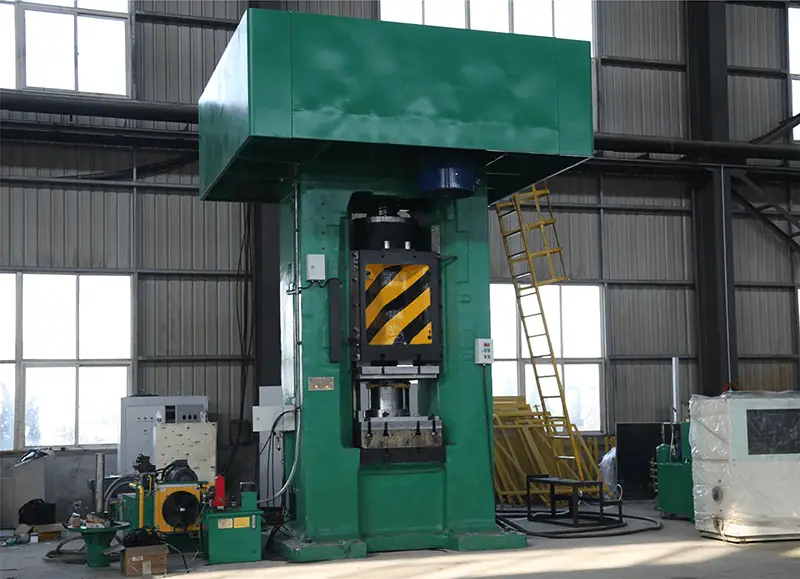
2.1 Performance characteristics
The screw press is suitable for die forging, upsetting, precision pressing, correction, trimming, and bending processes.
However, its average eccentric load capacity is significantly smaller compared to that of the hot die forging press and the forging hammer.
As a result, it is not suitable for multi-process heating operations (such as descaling, pre-forging, and trimming).
Therefore, when using a screw press for final forging, additional equipment is necessary to carry out auxiliary processes.
The die forging characteristics of the screw press are determined by the equipment’s performance.
Since the screw press has the dual working characteristics of both the die forging hammer and the hot die forging press, it has the following features:
Therefore, the die forging of the screw press has the following characteristics:
The use of a screw press for die forging is limited by unfavorable factors, including equipment tonnage, low operating speed, and the need for auxiliary equipment for blanking. It is typically used for the small and medium batch production of small to medium-sized forgings.
2.2 Adaptability to other die forging press
The screw press operates using striking energy and has working characteristics similar to those of a die forging hammer. The stroke of the press slider is adjustable and can be returned to any position before reaching its lowest point. The amount of striking energy and the number of strikes can be controlled based on the required deformation work of the forging.
However, during forging, the deformation resistance of the forging is balanced by the elastic deformation of the bed closure system. The screw press has a structure similar to that of a hot forging press, making it a die forging device that has a certain amount of overload capacity.
The average eccentric load capacity of the screw press is smaller compared to that of the hot forging press and the CNC die forging hammer, making it suitable only for single-slot die forging. Additional equipment may be required to complete the auxiliary process when using a screw press for final forging.
The screw press slider has a slower stroke speed and lower frequency of operation, and can only perform single-strike deformation in one groove. During the single-strike deformation, the middle part of the blank undergoes significant deformation, causing it to flow horizontally and form a large flashing edge, making it difficult to fill the metal in deep grooves and increasing the likelihood of folding compared to hammer forging. This is particularly pronounced for forgings with complex cross-sectional shapes.
Additionally, the screw press has poor flexibility and a shorter die life compared to a CNC die forging hammer. It is suitable for forging parts with a relatively simple shape, low precision requirements, and high deformation energy. The striking energy and frequency are usually determined by the operator based on the forging’s required deformation work.
However, the screw press has poor control performance compared to a CNC die forging hammer, leading to unstable forging quality and difficulties in automation. It is usually used for small to medium batch production of small to medium forging parts.
2.3 How to select screw press
The calculation formula for selecting the tonnage of the screw press is as follows:
1)P= p/q=(64~73)F/q
In the formula:
① For forgings that require a large deformation stroke, deformation, and deformation work for die forging, the value of q should be between 0.9 and 1.1.
② For forgings that require a smaller deformation stroke and deformation work for die forging, the value of q is 1.3.
③ For forgings that only require a small deformation stroke but require a large deformation force for precision pressing, the value of q is 1.6.
2) P=(17.5~28)K·Ftotal(KN)
In the formula:
The above formula applies to the calculation of equipment tonnage required for double to triple forging strokes. If a single forging stroke is needed, the calculation should be multiplied by two.
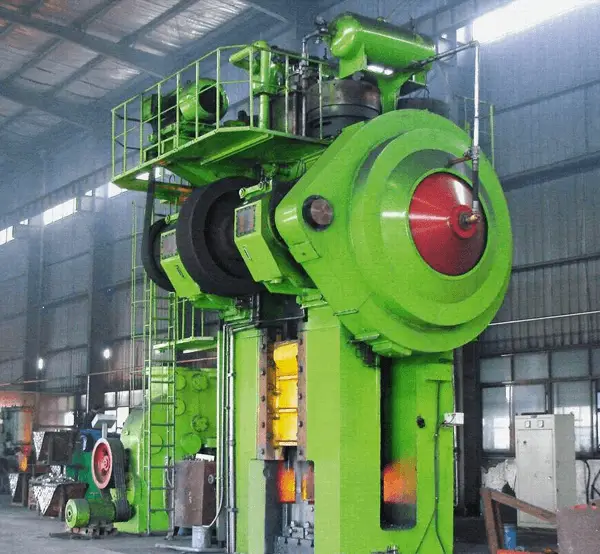
3.1 Performance characteristics
The characteristics of die forging on hot forging presses are determined by the structural design of the press. It has the following notable features:
The rigidity of the hot forging press frame and crank linkage mechanism is high, resulting in minimal elastic deformation during operation, leading to higher precision in the produced forgings.
The slider features an additional nose-like structure, enhancing the guiding length and improving guiding precision. With precise guiding and the use of a combined die with a guiding device, hot forging presses are capable of producing forgings with higher precision. The grooves of each step are made on a convenient insert and secured to the universal formwork using fastening screws, eliminating counterattack during operation.
The working stroke of the press is fixed, with one step completed in one stroke and an automatic ejection device included.
3.2 Adaptability to other die forging equipment:
The hot die forging press has a certain stroke and operates at a slow speed, which allows the blank to undergo the predetermined deformation in one stroke. However, this results in significant deformation in the middle of the billet, causing it to easily flow in the horizontal direction and form a large flash, which prevents the metal in deep grooves from being filled effectively.
Additionally, the folding of forgings is more likely to occur than hammering, particularly for those with complex cross-sectional shapes.
To overcome these challenges, it is necessary to use a blanking step to bring the blank close to the desired forging shape, which requires careful design of the die forging step. On the other hand, die forging hammers have a high number of strokes per minute and can control the weight of the hammer to meet the deformation requirements of the blank. This makes it easier to operate and forge the forgings, such as lengthening and rolling.
However, long-rolling and rolling processes are difficult to carry out on a hot forging press. For long rod-type blanks with large cross-sectional differences, other equipment such as air hammers, roll forging machines, or flat forging machines must be used for blanking and stretching/rolling.
The hot forging press also faces difficulties in removing the oxide scale on the surface of the blank, especially on its ends, which is easily pressed into the surface of the forging.
To avoid this, electrical heating and other oxidation-free heating methods must be used. The hot forging press adopts a combined die with a guiding device, and the grooves of each step are made on convenient inserts.
This design makes the size of the insert dies much smaller than that of hammers, effectively saving mold material and making the manufacture, use, and repair of the insert molds much more convenient.
3.3 How to select hot die forging press
The tonnage of the hot forging press is determined based on the maximum resistance to deformation at the end of the forging process. The forging pressure (P) can be calculated using the following empirical formula:
P=(64~73)KF
In the formula:
For forgings with a simple shape, large round surface, low and thick ribs, and a thick wall, the complexity coefficient has a small value, and the opposite is true.
|
Item | Steam hammer | Screw press | Crank press |
Die forging hammer |
| Strike speed(m/s) | 4~7 | 0.6~0.8 | 0.3~0.7 | 4~6 |
| Cold strike time (ms) | 2~3 | 30~60 | 30~60 | 2~3 |
| Forming time (ms) | 5~15 | 30~150 | 80~120 | 5~15 |
| Strike frequency | 80~100 | 6~15 | 40~80 | 80~110 |
| Flexibility | Good | Bad | Bad | Good |
| Investment ratio | 1 | 1~2 | 4 | 2 |
| Adaptability | Multi-variety small batch | Single part in large quantities | Single part in large quantities | Multi-variety small batch |
| Structure complexity | Simplest | Average | Most complicated | Simple |
| Automation degree | Bad | Bad | Good | Good |
| Forging principle | Multiple hammer forming | One impact forming | Static pressure forming | Multiple hammer forming |
| Working accuracy | Bad | Bad | High | High |
| Comparison of energy consumption | 15 | 2~3 | 3 | 1 |
When selecting forging equipment with similar capabilities, the conversion relationship between the forging equipment capacities is as follows: a 25KJ die forging hammer (1-ton double-acting hammer) is equivalent to a 10,000 KN hot forging press, which is in turn equivalent to a 3,500 to 4,000 KN screw press.
Selecting the appropriate forging tonnage requires initial consideration of the size and deformation of the forged parts. For different types of forgings, the required forging equipment, fuel power unit consumption, mold consumption, and more vary, meaning the choice of tonnage should be based on the specific circumstances of the forgings.
For instance, titanium alloys have high resistance to deformation during the forging process, so when choosing forging tonnage equipment, particular attention should be paid to the size and deformation of the parts.
Moreover, the grade of the forging is an important consideration.
Generally speaking, forgings with higher strength and hardness can withstand greater loads and pressures, which means the grade of the forging should also be taken into account when selecting the forging tonnage. For example, grade 3 steel has higher strength and hardness than grade 2 steel, so choosing the forging tonnage may require larger equipment to meet its processing needs.
Choosing the right forging tonnage requires comprehensive consideration of the size and deformation of the forgings, material grade, and production costs.
In practice, this can be achieved by calculating the tonnage of the forging pressure and arranging the mold cavity position in conjunction with the workspace and structure of the equipment, allowing for the overall design of the forging mold components. This ensures not only the quality of the forgings but also effective control over production costs.

